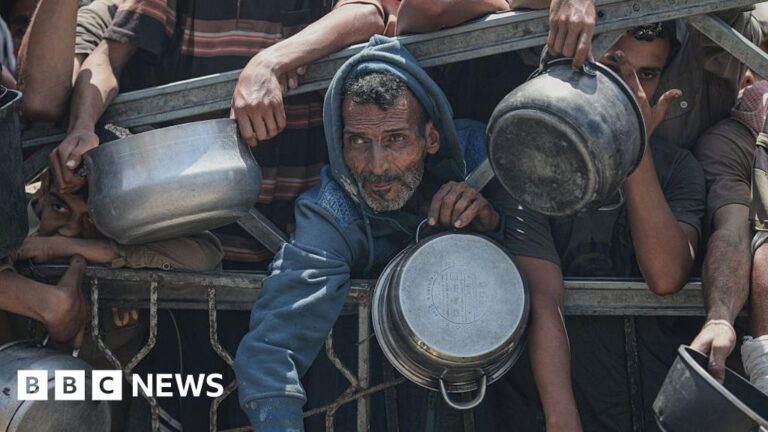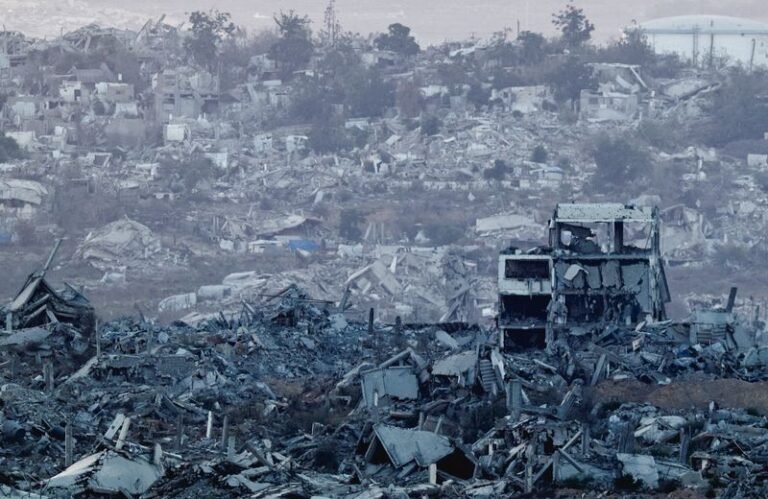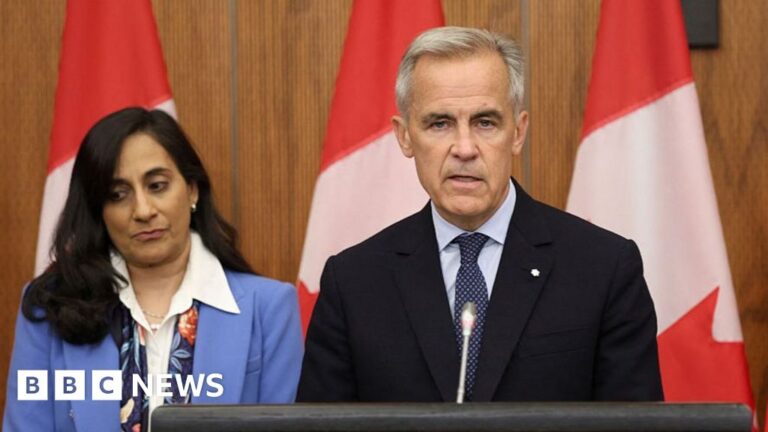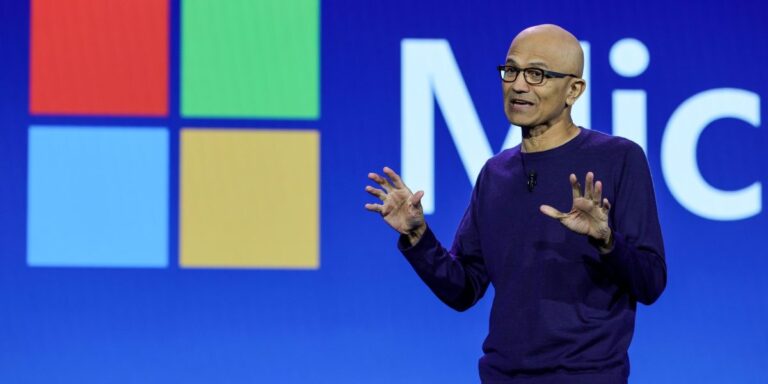While 90% of the information transmitted to our brain is visual, it might be thought that, in purely arithmetic terms, the other senses are residual. However, the sense of smell possesses unique characteristics. To begin with, information from the other senses passes through the thalamus, the brain’s communication hub. In contrast, olfactory signals travel directly to the emotional centers responsible for processing memories – the hippocampus – and emotions – the amygdala – without any filter, amplifying their impact. Paradoxically, an immersive technology like virtual reality has thus far covered visual, acoustic, and even tactile aspects through haptic technologies, but the sense of smell remained largely unexplored. Recent research could change that. The proposal goes by the name of miniaturized olfactory generators (OGs in English).
How scents are generated in virtual reality
At the City University of Hong Kong, researchers believe their new technology could provide a crucial interface for enhancing sensory immersion in virtual and augmented reality experiences, but it could also be applied in cinema, television, or web browsing. The team of researchers has opted for a programmable wearable with wireless connectivity. Currently, they are studying two modalities: first, a patch with two OGs placed above the lip, and second, a mask with nine OGs. Both are lightweight devices that offer an average response time of 1.44 seconds between the digital signal and the generation of the scent.
In the case of the mask, which is the more complex prototype, it can generate hundreds of different scents instantly. In experiments, a team of volunteers identified different aromas with 93% accuracy, potentially opening the door to scent in virtual reality. In fact, the experiments have offered 4D cinema experiences, virtual reality applied to online education, or a simple stroll through an aromatic garden. Some of the scents include rosemary, pineapple, ginger, or freshly made pancakes. But how do they achieve this?
Fundamentally, OGs incorporate a system that heats and cools paraffins. These paraffins contain various base aromas that can be combined to achieve the desired effect. As highlighted by the researchers who have published their work in the scientific journal Nature Communications, one advantage of the prototype is that it allows for easy replacement of aroma cartridges, much like printer cartridges. The next step will be to improve response times, reduce size, and integrate more OGs to make scent in virtual reality viable.
Failures and promises of scent in virtual reality
The proposal by the Chinese university researchers is not the only one in this field, which has always oscillated between technological advancement and passing trends. In fact, two decades ago, a device called iSmell was introduced, promising thousands of scents like a sort of aromatic speaker, but it never gained traction. Nevertheless, the confluence of virtual reality and more advanced technologies might allow for moving beyond the prototype stage to create functional devices that can be commercialized. This is what a US company promises, which presented a device for generating scent in virtual reality during the 2023 CES technology fair and claims it will be launched in the coming months.

In their case, they are working on a wearable that goes around the neck like a kind of hands-free device, a bit bulkier, and it employs a single cartridge that could be capable of generating thousands of aromas. This device connects Bluetooth to smartphones, computers, or virtual reality headsets. In parallel, the company is also developing a mobile app that will allow users to control the synthesis of scents and associate them with musical themes, conceptual art, or other types of experiences. The manufacturer is also collaborating with video game engine developers like Unity or Unreal to explore their applications in the entertainment world.
In addition to initiatives related to generating scent in virtual reality, there are more practical applications in the here and now. If you’re interested in learning more about how virtual and augmented reality could transform work environments, we recommend you take a look at this article on their applications in construction or this other one on their potential in the management and maintenance of water treatment infrastructures.
Source:












